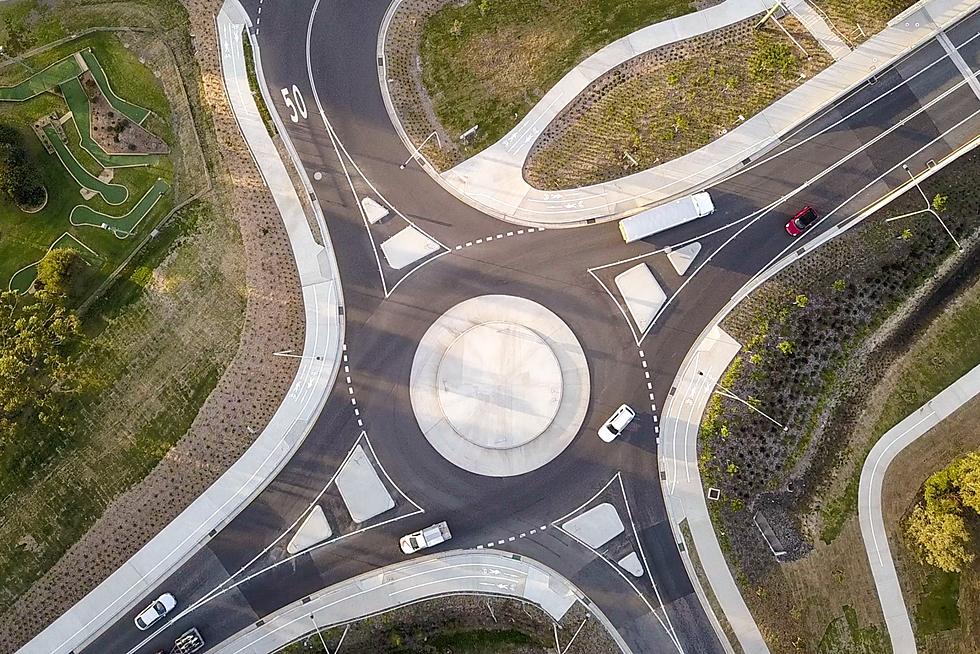
ROAD TEST – When Do I Signal in a Roundabout?
We’ll subtitle this one “The Ballad of the Bump-Signal”. When should you signal while in a traffic circle?
Traffic circles, or roundabouts, are here to stay. The Minnesota Department of Public Safety has data that shows a more than 70% reduction in traffic crashes compared to a four-way stop in the same location. You can’t fight against those kinds of results. Roundabouts result in far fewer crashes than a four-way stop.
But that doesn’t mean we know how to use them properly.
In the behind-the-wheel instruction car, we handled roundabouts, and most students had some experience with them. The tricky part was trying to explain when to signal.
Once again, the rules of the road in Minnesota are a little vague on this issue.
Minnesota state law says that “a signal of intention to turn right or left shall be given continuously during not less than the last 100 feet traveled by the vehicle before turning. A person whose vehicle is exiting a roundabout is exempt from this subdivision”. So per state law, a signal is not required once in a roundabout.
So, legal-types, is the driver in a roundabout exempt from signaling an intention to turn right, or just exempted from signaling the last 100 feet before they turn? Or both?
When I was teaching behind the wheel, here’s how I handled the situation:
1: When approaching a roundabout, do are not required to signal for the same reason you don’t signal at an s-turn or on a curvy road. You’re following your lane.
2: When entering the roundabout, you’re required to yield to anyone in the circle on your left. If there’s no one in the circle on your left, you should slow down, but you don’t have to stop.
3: When leaving the traffic circle, you are changing lanes. As a result, you bump-signal.
At the point in the driving lesson when we came upon the roundabout for the first time, the driver had already been told, probably several times, about proper hand position on the wheel. As a result, it takes an attempt or two to get the timing down. Then, we add the bump-signal.
On most modern vehicles, the turn signal will flash when you lock it in place, but it will flash a few times if you “nudge” the signal arm up or down. High enough to make the signal flash, but not high enough to lock it in. It’s a finesse move.
Getting the hang of it takes a few times, but most everyone understands why. The driver behind you doesn’t know or care what exit you’re going to take. So you signal as a courtesy to let the driver behind you know you intend to take the next exit.
In short, you don’t have to signal to enter a traffic circle, but you do to get out.
It’s not a perfect explanation, but I’ve never had a law enforcement officer tell me it’s wrong. They’re usually happy I teach the new drivers to signal at all. It’s how I handle a traffic circle as well.
And, to be blunt, it’s not as difficult as teaching J-turns. Those things are murder.
Come Visit Buckman, Minnesota in Pictures


